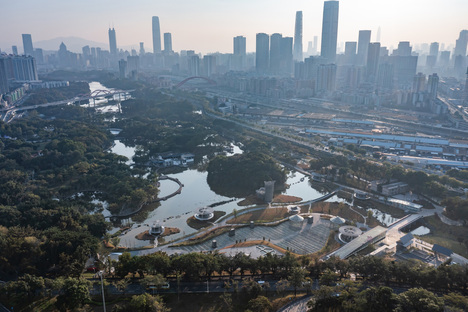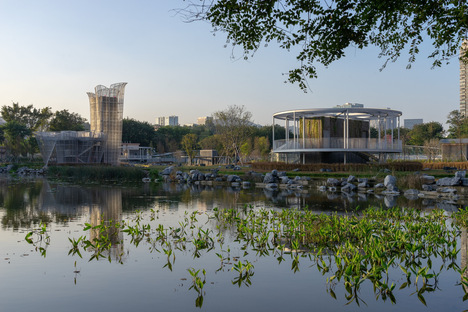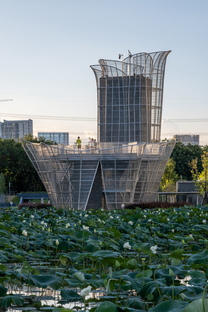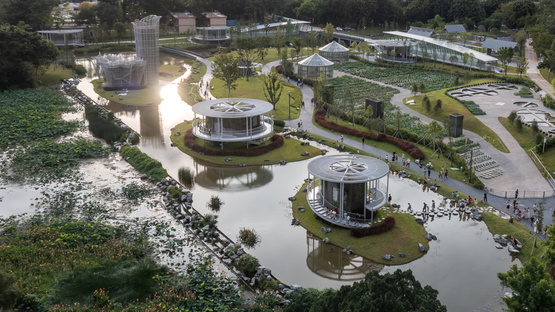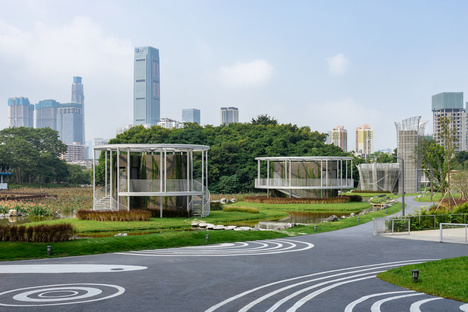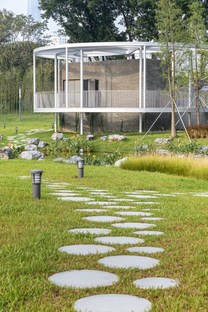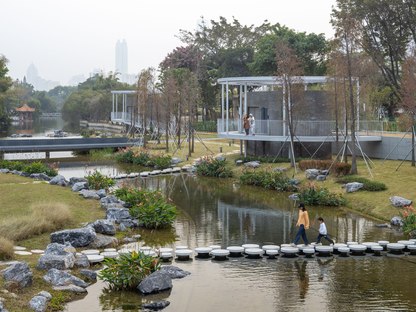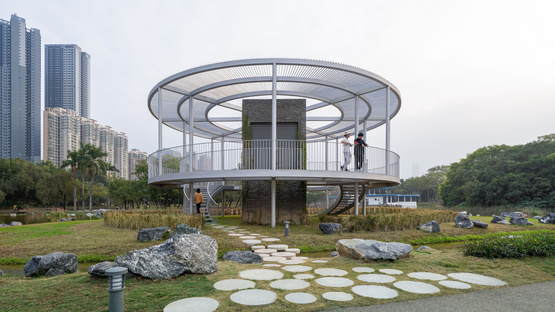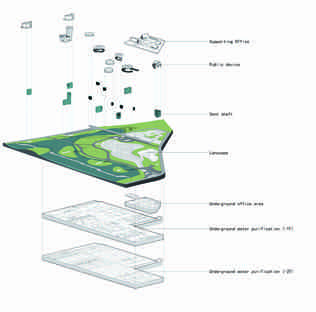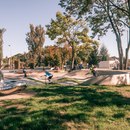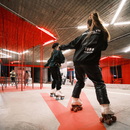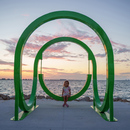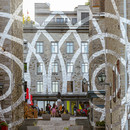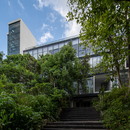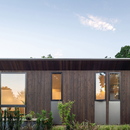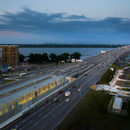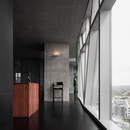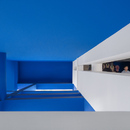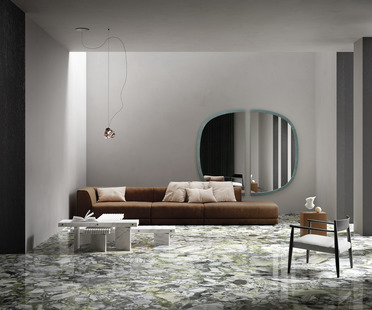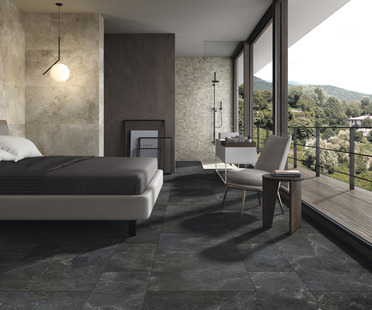- Blog
- Landscaping
- NODE Architecture & Urbanism (NODE) designs the Shenzhen Lotus Water Culture Base
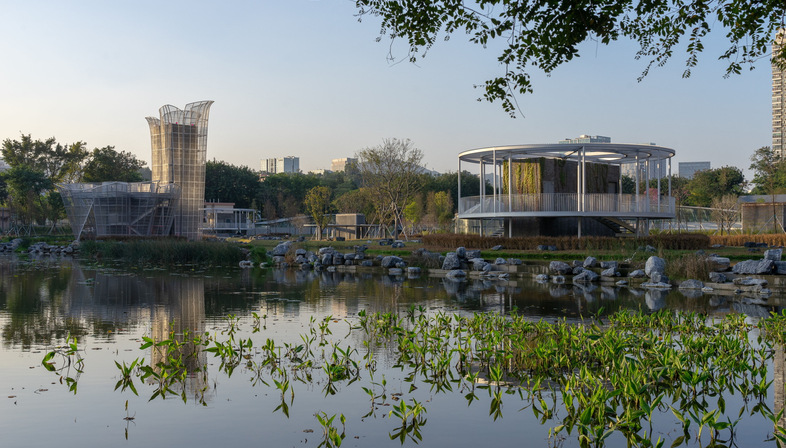 Integrating a water treatment plant into a park can have several advantages. It combines the functional requirements of water treatment with the aesthetic and recreational aspects of a park, creating a green space that benefits citizens and promotes biodiversity – whose importance we are all well aware of today.
Integrating a water treatment plant into a park can have several advantages. It combines the functional requirements of water treatment with the aesthetic and recreational aspects of a park, creating a green space that benefits citizens and promotes biodiversity – whose importance we are all well aware of today.An example of such a project is the landscape design by Doreen Heng Liu’s NODE Architecture & Urbanism (NODE) studio for the Honghu Park water treatment plant, a municipal lotus-themed park known for its cypress forest and white herons. It is one of the first parks built following the creation of Shenzhen Special Economic Zone, completed and inaugurated in 1985. Doreen Heng Liu and her NODE studio, based in Shenzhen and Hong Kong, have been working for years in the Pearl River Delta, with projects focused on urban regeneration, infrastructure and public space.
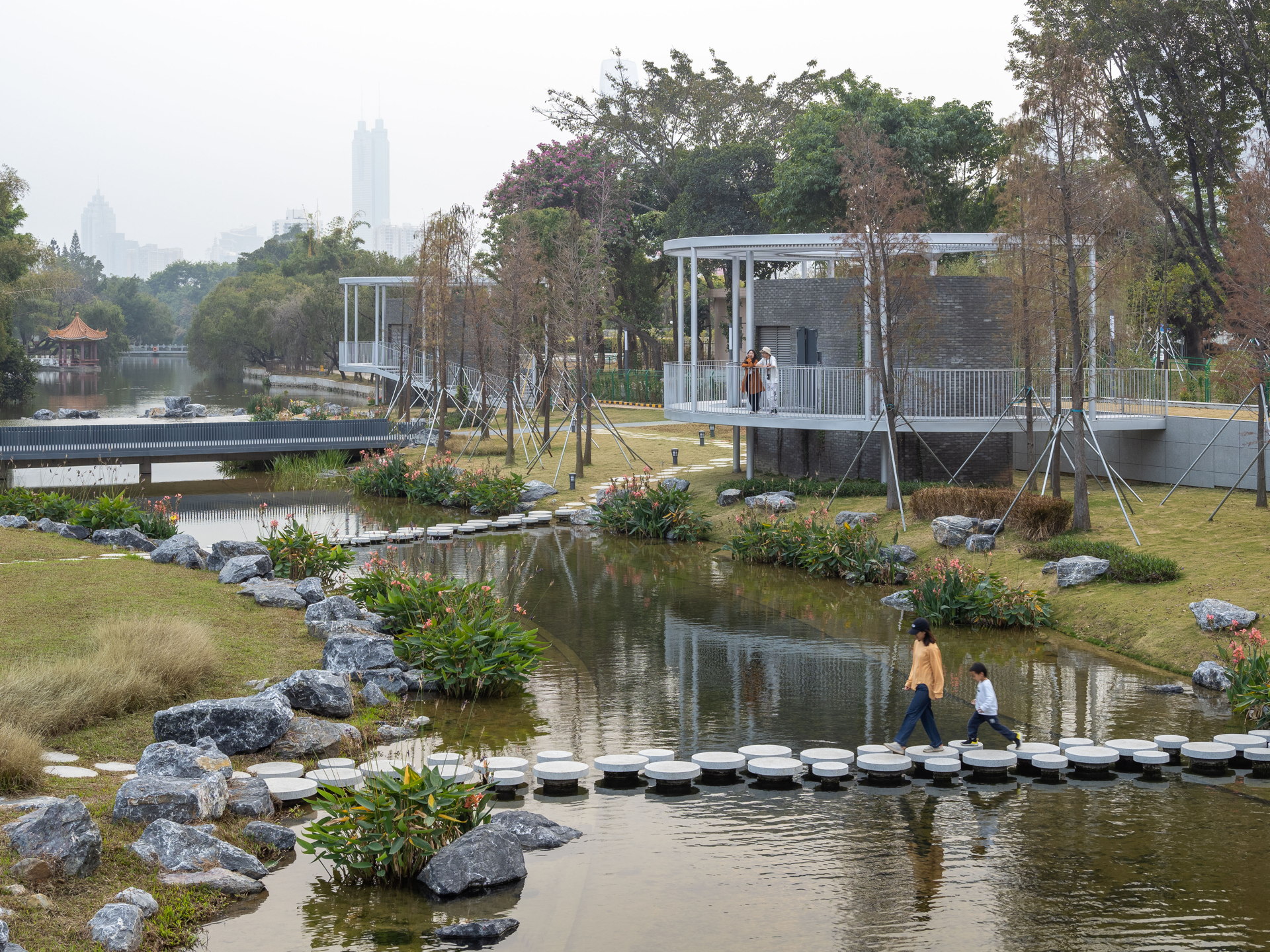
The Honghu water purification plant employs advanced, completely underground water purification technology, leaving the 32,400 square metre walkable surface free for other uses, namely NODE’s green project.
Starting from the idea of creating a public space usable by everyone, with good biodiversity, the architects conducted research and extracted elements from spatial prototypes of pagodas, pavilions, gazebos and corridors of traditional Lingnan gardens, transforming them through the use of contemporary design languages and materials. The Lingnan gardens are a style of classical Chinese gardens that originated in the Lingnan region, which includes Guangdong, Guangxi and parts of the Fujian and Jiangxi provinces. These gardens are characterised by the integration of nature, architecture and water features to create harmonious and serene environments.
As the architects explain: "When we joined the project team, the designer of the general contract had completed the design and construction drawings of the underground water purification plant and everything was ready for construction." The Shenzhen Lotus Water Culture Base is therefore a project born from the need to do the best within very tight circumstances.
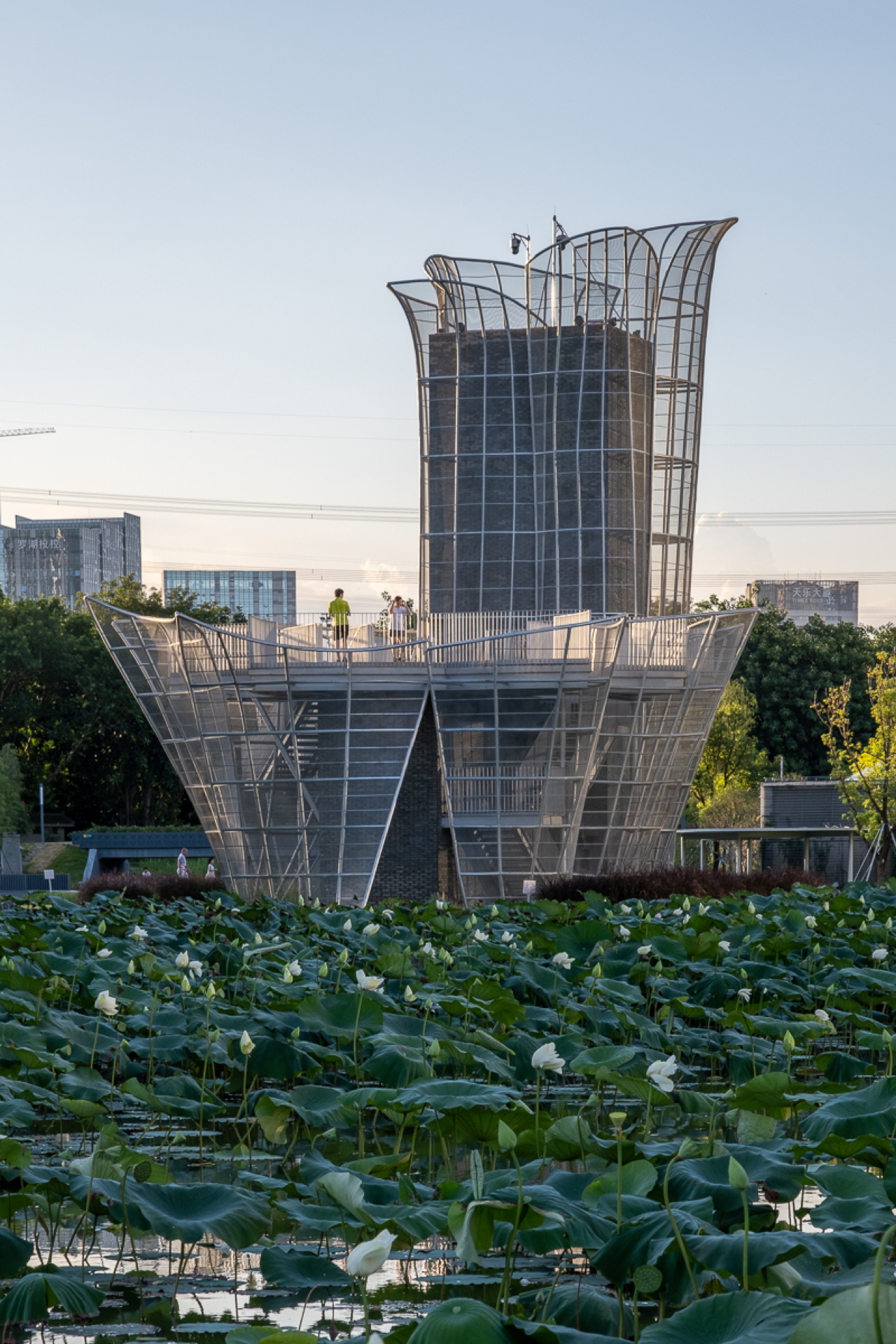
But that was not a problem for NODE: thanks to a design that relies on public art installations, the architects transformed the highest ventilation shaft of the sewage treatment plant into a platform for bird watching and an important lotus landmark in the park. The medium and small-sized ventilation shafts, on the other hand, containing the evacuation stairs, were designed with accessible paths and platforms or covered with greenery. Thus, they take on different characteristics and offer varied spaces for park users.
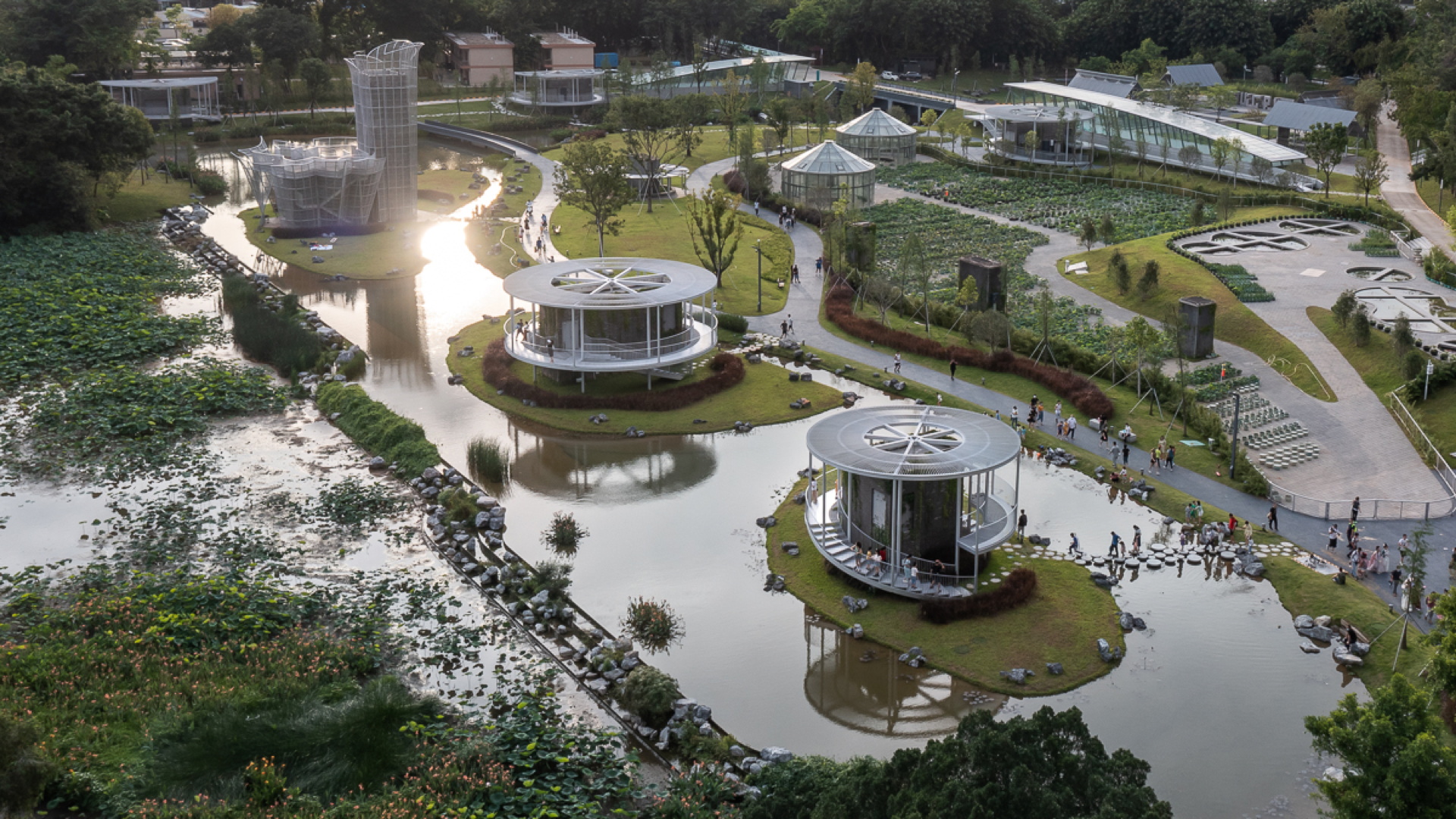
The project took four years to finish, from the beginning of the surface landscape design to the completion of the project. The complex infrastructure that we see today is the result of a close cooperation between the different disciplines involved. The Shenzhen Lotus Water Culture Base thus represents an example of interdisciplinary design of water purification and landscape architecture. We conclude with a quote from architect Doreen Heng Liu: "As always, we hope that, thanks to the active commitment of the architects/landscapers who worked on the project, the water purification facilities, indispensable for our everyday lives, will become pleasant and ceremonial places in the city for public experience and learning, redefining the meaning of infrastructure in both a spiritual and aesthetic way." Thus, public utility infrastructures also become places for the community.
Christiane Bürklein
Project: NODE Architecture & Urbanism
Contractor: Shenzhen Water (Group) Co., LTD
LDI: China Municipal Engineering Southwest Design and Research Institute Co., LTD
Structural and MEP Engineer: China Municipal Engineering Southwest Design and Research Institute Co., LTD
Lighting Consultant: Shenzhen Light Program Technology Co., LTD
Location: Shenzhen, China
Year: 2021
Photographer: Zhang Chao










